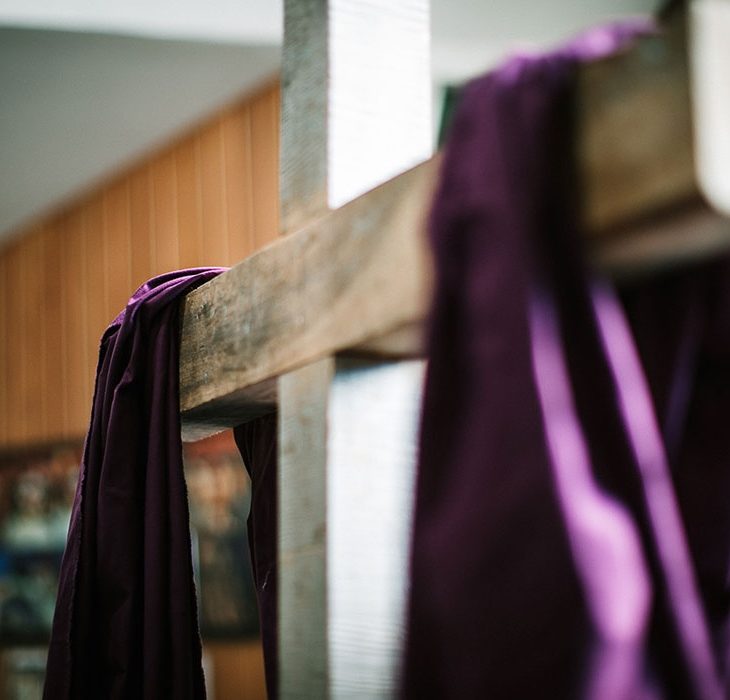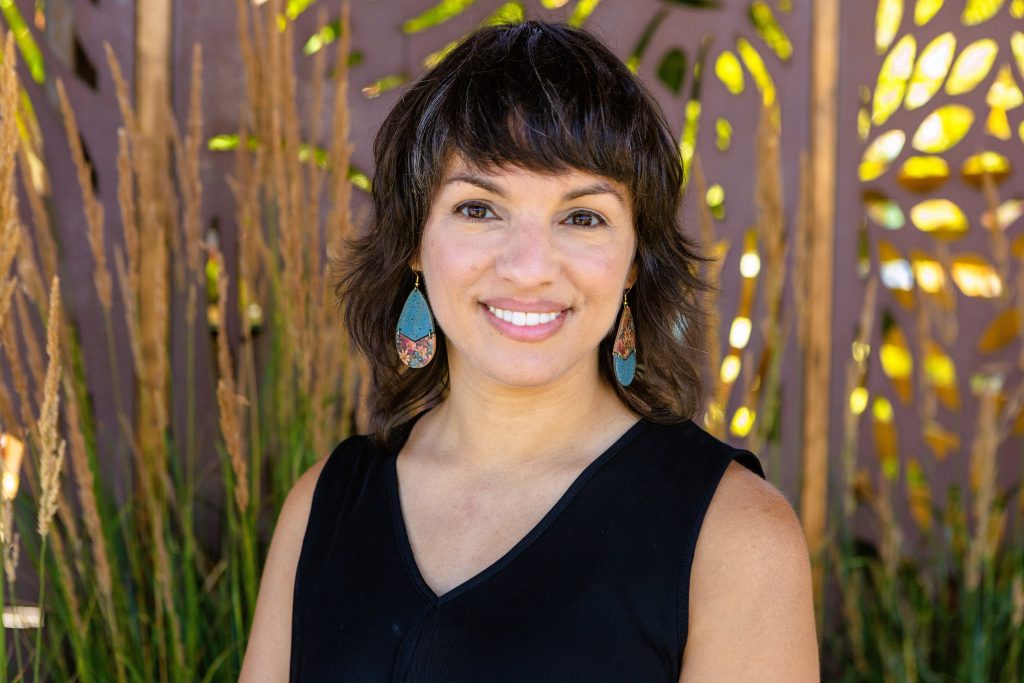The Empty Tomb and Multi-Faith Prayers
April 8, 2020

During the Easter season, Christian communities commemorate the central event of our faith: the death, burial and resurrection of Jesus. Of course, Easter 2020 will be remembered for the need to reimagine our social and spiritual connections while being physically distant from each other, due to the Covid-19 pandemic.
But while we connect with our own faith communities, it is also an important time to seek and reimagine multi-faith connections. That led me and my wife, Sara, to organize and host a multi-faith Zoom gathering on Palm Sunday in which leaders and practitioners of different traditions shared meditations and prayers in response to our shared global crisis. It was a beautiful time of solidarity and hope.
Some in my religious community, however, are reluctant to participate in multi-faith prayers. The conviction that Jesus Christ is “the way and the truth and the life” (John 14:6), it is reasoned, discourages participation because it compromises Christian loyalties.
That, however, is a misunderstanding of the message of Easter.
As a Christian, my belief in the resurrection of the Christ is not casual or metaphorical. As strange or misguided as it might seem to some, I actually believe that, on a certain weekend two thousand years ago, Jesus of Nazareth was dead, and then he wasn’t. I also believe that Christ’s resurrection establishes hope and that inspires me to always seek newness, repair brokenness and imagine redemptive possibilities everywhere, especially in what I might consider unexpected places. The resurrection persuades me that the “stone has been rolled away” from the human-made tombs of fear, control, and judgmentalism, even while I struggle against my own tendencies to wander back into some of those open tombs.
Easter also informs my understanding and expectations of multi-faith interactions. It causes me to anticipate a God-encounter when I gather with anyone who practices peace, opposes coercion and seeks the divine. Such anticipations strike me as especially important during times of crisis and shared suffering. I also find it especially tragic when such possibilities are immobilized by fear.
Following the Sandy Hook massacre in Newtown (CT) in 2012, a tragedy which claimed the lives of twenty first-graders and six adults, leaders gathered for a nationally televised interfaith prayer service. Rev. Rob Morris, the pastor of one of Newtown’s evangelical congregations that lost a member in the shooting, led the closing benediction. However, after several days of mounting criticism and a rebuke from his own denomination, Morris offered a public apology. Many felt his participation inherently condoned “false religions” and compromised the Christian witness. Significantly, the denomination’s leadership later offered a follow-up apology for their handling of the situation. They acknowledged that their response did not project the love and healing presence of Christ, but actually “increased the pain of a hurting community.”1
I appreciate their follow-up apology. During our current pandemic, as we practice physical distancing, may we avoid religious distancing and strive for healing solidarity.
One of the events that Christians commemorate this week is the moment when Jesus was arrested in the Garden of Gethsemane by a group of soldiers and officials, an event that precipitated his death. In several Gospels, we learn that Apostle Peter responded to the arrest by lashing out in fear, drawing his sword and cutting off the ear of one of the official’s servants. Jesus immediately told Peter to put his sword away and then healed the man’s ear (Luke 22: 50-51; John 18: 10-11). Whenever we swing self-protective and judgmental swords, or think it is our job to protect God, we risk repeating Peter’s offense. We also risk severing the ears of those who otherwise might have heard something good from us.
During our multi-faith Zoom gathering, Sara and I participated as Christians who seek to be conformed to the resurrected Christ. We also anticipated that we would be blessed by the faith journeys, piety, and Godly wisdom of friends from different religious traditions, and that is exactly what happened.
And maybe our participation helped heal the ears of others who long to hear a message of resurrection hope.
Divine Creator, Sustainer, and Healer, we lift our hearts and voices to you. Overwhelm our fears with hope and love. Protect all, especially the most vulnerable and the stigmatized. Strengthen our healthcare workers, first-responders, grocery store servants, and others on the front lines. Forgive us when we pull away from one another or swing swords toward each other. Heal our eyes and ears so we can perceive the hope of new life and resurrection.
1Marc Santora, ́After Rebuke, an Apology for Pastor in Newtown,” http://www.nytimes.com/2013/02/13/nyregion/rev-matthew-c-harrison-offers-apology-for-his-rebuke-of-newtown-pastor.html.
John D. Barton is Director of the Center for Faith and Learning at Pepperdine University where he also serves on the faculties of Seaver College’s Religion and Philosophy Division, GSEP’s graduate program in Social Entrepreneurship and Change, and the Straus Institute of Dispute Resolution at the Pepperdine School of Law. He currently serves as president of Kibo Group, a nonprofit which pursues sustainable solutions to the challenges of poverty in East Africa.
Share
Related Articles
Higher Education
What Does Interfaith Engagement Mean from an Evangelical Perspective?
American Civic Life
American Civic Life
From Hindus for Human Rights, Reflections on a Multi-Faith Deepavali



